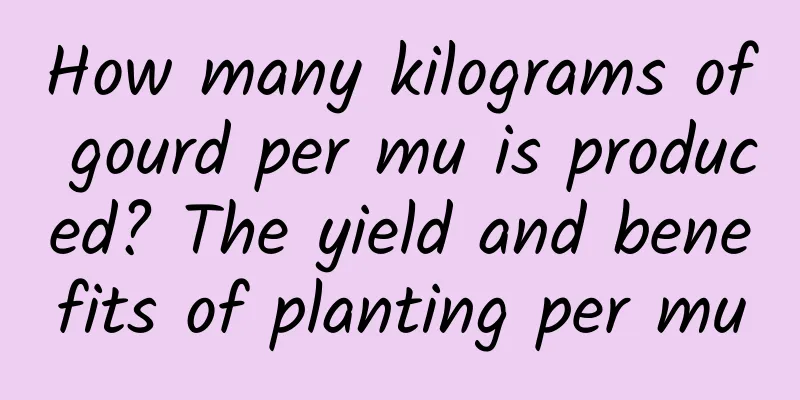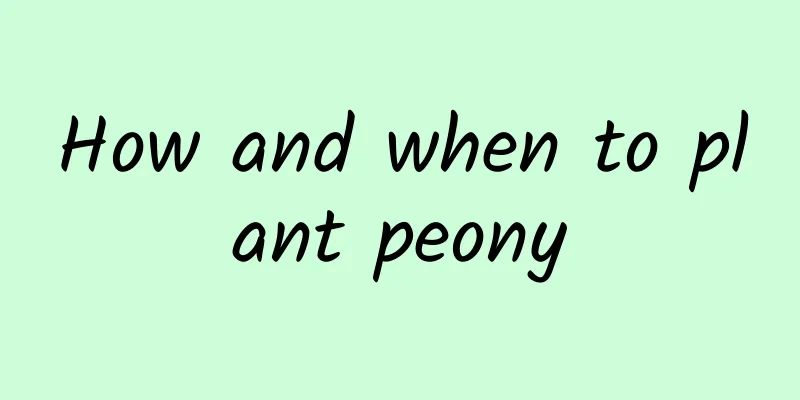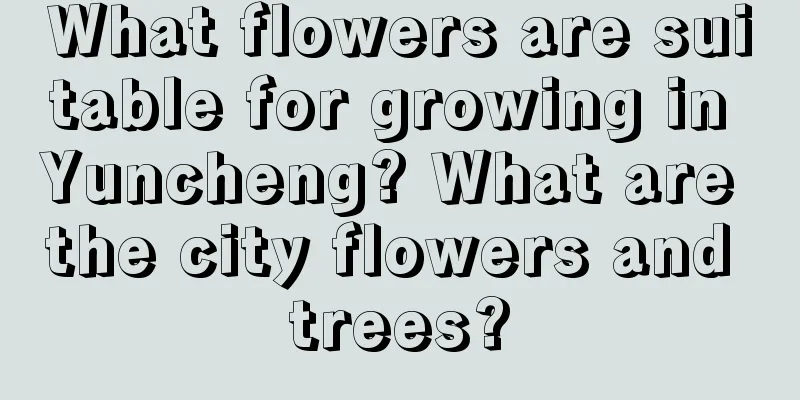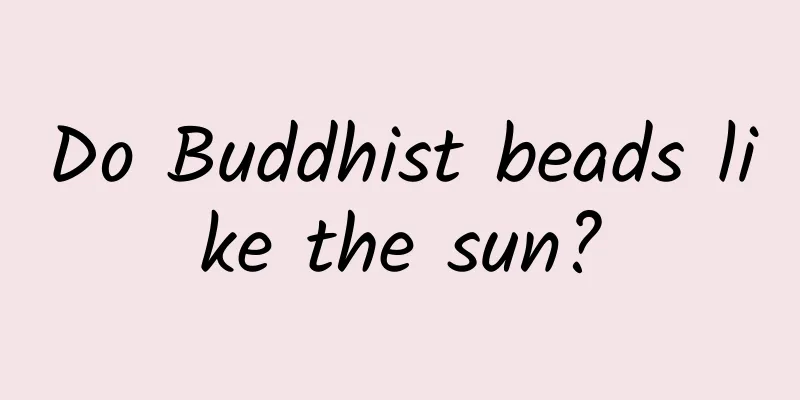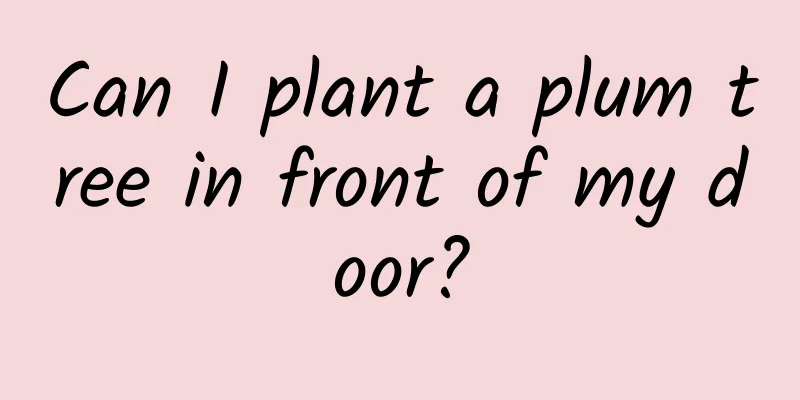How to fertilize cuttings
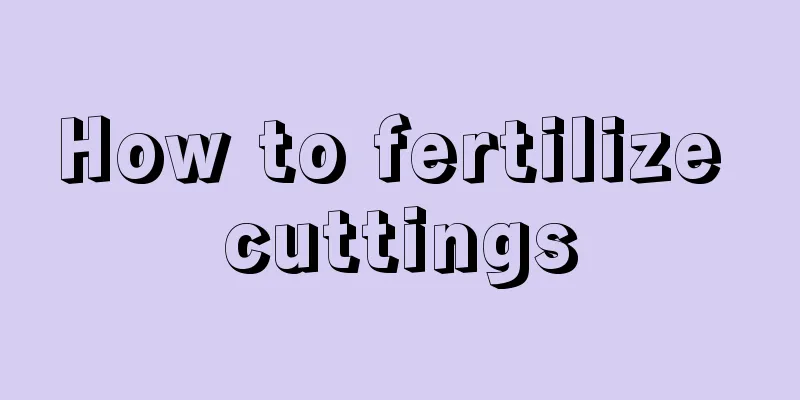
Basal fertilizer related to seedlingsAfter the cuttings seedlings survive, they should be moved to pots of appropriate size and properly applied with base fertilizer. This can replenish nutrients for the seedlings as soon as they grow, allowing them to grow quickly. The choice of base fertilizer is generally based on compost and slow-release fertilizer. The fertilizer effects of these two types of fertilizers are not as direct as quick-acting fertilizers and will not harm the root system of seedlings. They will release nutrients into the soil at a slow rate, which will be absorbed and utilized by the roots of the seedlings. Therefore, if the base fertilizer is used properly, the seedlings will never wilt again! Phosphorus and potassium fertilizers promote root growthAfter the cuttings seedlings are potted and enter the normal growth period, the first thing to do is to pay attention to the maintenance environment. Place them in a place with sufficient sunlight and good ventilation, and provide them with sufficient water. In addition to using a certain amount of phosphorus and potassium fertilizers in the base fertilizer, phosphorus and potassium fertilizers should be applied 1 to 2 times each time the plants are pinched. At this time, the concentration of phosphorus and potassium fertilizers can be appropriately increased. What are the functions of different fertilizers?Phosphorus fertilizer helps the growth of roots and the germination of new shoots. During the growth and development of seedlings, sufficient phosphorus fertilizer can ensure that the seedlings grow strong root systems and is also beneficial to the growth and development of new leaves. The function of potassium fertilizer is to allow the nutrients produced by the leaves to be smoothly transported to the roots or new leaves. In fact, it serves as a protective shield, enabling the cuttings to achieve the strongest resistance. Adequate potassium fertilizer can ensure that the seedlings maintain the best plant shape and reduce the probability of excessive growth. The main function of nitrogen fertilizer is to promote leaf growth, which is not recommended in seedling cultivation because the expansion of leaves will consume too many nutrients, and if the root system is incomplete, it is difficult to support leaf growth. It is not recommended for use in seedling cultivation. |
<<: How to tell if the branches have taken root?
>>: How to propagate coleus by cuttings
Recommend
When is the best time to plant peony?
The right time to plant peony Peony is a dicotyle...
How did the leaves of Ruyi Queen turn red?
Conditions for turning red Don't assume that ...
How to propagate pomegranate and what to pay attention to
How to reproduce pomegranate There are three ways...
Cultivation methods and precautions of air pineapple
1. Temperature Normally, air plants can tolerate ...
What vegetables are suitable to grow in early spring?
What vegetables are suitable to grow in early spr...
When is the best time to prune jujube trees? Which month is suitable for pruning?
Date tree pruning time The best time to prune a j...
How often should I water Monstera in summer?
Frequency of watering Monstera in summer Monstera...
Tremella's growing environment and local conditions
Tremella growth environment and conditions Tremel...
How to repot flowers bought online (transplantation methods for newly bought potted plants)
Generally, when we buy flowers online or at the f...
How many pounds of bitter melon can be produced per mu?
Bitter melon yield per mu Bitter melon is a high-...
Is hibiscus edible?
Hibiscus Nutrition Hibiscus flowers are sweet and...
How often should I water the bamboo?
How often should I water the bamboo? It is best t...
Can I plant a jujube tree at home?
Can I grow a jujube tree at home? It is okay to p...
How to apply fertilizer according to the growth status of the golden marble bonsai?
The golden marble potted plant is loved by garden...
How many times a year does the lipstick spider plant bloom?
1. How many times a year Its flowers only bloom o...
